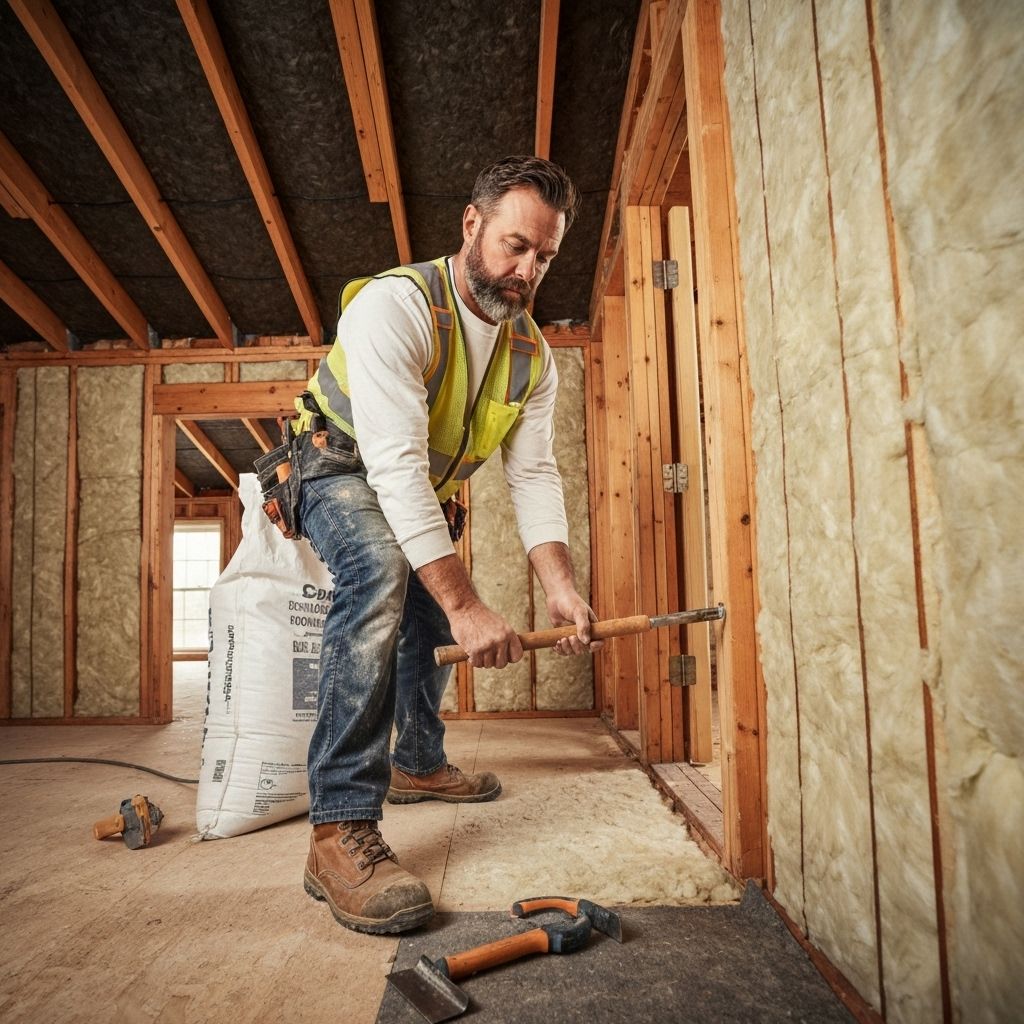Each property owner knows the significance of building a cozy and energy-efficient living space, but many overlook one essential element: insulation. Sufficient insulation not only ensures your home cozy in winter and cool in summer, but it also serves a fundamental role in reducing energy bills and boosting your property's overall value. With insulation companies of options and techniques at hand, selecting the right insulation can feel overwhelming.
In this comprehensive guide to home insulation , we will examine everything you must to know to make smart decisions about insulating your home. From understanding R-values to contrasting different types of insulation, we'll help you manage the complexities of this essential home improvement project. Whether you're a DIY enthusiast or thinking about hiring a professional, this comprehensive resource will equip you with the knowledge to boost your home's comfort and efficiency.
Types of Insulation
Regarding insulating your home, various types of insulation materials exist, every one having its specific benefits and applications. Batt-type insulation, typically made of fiberglass or mineral wool, comes in pre-cut panels that fit between studs in the walls, floor joists, and ceiling rafters. Its convenience of installation turns it into a popular choice for DIY projects. On the other hand, blown-in insulation is composed of loose fibers that can fill voids and hard-to-reach areas, making it ideal for attics and walls that require a more customized solution.
Spray foam insulation is yet another option, known for its superior air-sealing properties. It expands upon application, filling gaps and cavities, which allows for a tighter seal than other materials. While it tends to be pricier, the energy savings and improved comfort it delivers can make it a worthwhile investment. Additionally, foam board insulation offers high insulating values with relatively thin profiles, making it suitable for exterior walls and foundation applications.
Finally, reflective or radiant barrier insulation is meant to reflect heat away from living spaces, especially beneficial in warmer climates. This type of insulation is usually installed in attics and works best in conjunction with supplementary insulation materials. Understanding the multiple types of insulation will help you choose effectively based on your particular needs, preferences, and budget.
Insulation Guidelines
Correct installation is crucial for enhancing the value of insulation. Prior to starting, ensure you have all of the required tools and materials on hand. This includes thermal insulation, protective gear, cutters, and sealing materials. Reviewing the manufacturer's instructions can offer detailed guidance that is crucial for effective installation. Furthermore, ensure that your workspace is clean and devoid of mess to reduce issues with the insulation process.
When insulating your property, pay special attention to commonly neglected areas such as walls, roof spaces, and basements. These spaces can be major sources of heat loss and air leaks. For example, using proper sealing techniques around view openings, doorways, and plumbing fixtures will help create a better seal, improving the overall efficiency of your insulation. Besides, consider the position of the insulation material, especially with bat insulation, to ensure it fits snugly without gaps.
At last, if you are considering DIY insulation tasks, take your time and adhere to safety rules carefully. Wear protective gear to avoid contact with irritants, especially with fiberglass insulation. If you feel unsure, don’t be reluctant to consult a professional. Investing in proper installation will also boost comfort in your home but also lead to reduced energy costs and enhanced property value.
Gains and Considerations
Picking the right insulation for your home delivers a range of benefits that can significantly boost your living environment. Proper insulation enhances energy efficiency by ensuring your home heated in the winter and cool in the summer, which can lead to substantial savings on energy bills. Additionally, high-quality insulation can minimize noise pollution, making your home a tranquil sanctuary. These improvements not only contribute to convenience but also to the overall value of your property, turning insulation a smart investment.
However, there are important aspects to keep in mind when opting for insulation. Different materials have individual properties, such as R-values, which measure thermal resistance and determine how efficient the insulation will be in your individual climate. Furthermore, the installation process can differ significantly—from DIY options to professional installation—which determines cost and labor. It’s crucial to consider the particular needs of your home, including present insulation and the desired outcome, to opt for the most suitable material and method.
Lastly, environmental factors and sustainability play an increasingly important role in insulation choice. Opting for eco-friendly materials can lower your carbon footprint and contribute to a greener home. Evaluating the long-term benefits versus upfront costs will help you to make an informed decision. Take the time to research and understand your options in detail, as the best insulation will provide comfort, efficiency, and resilience for years to follow.

